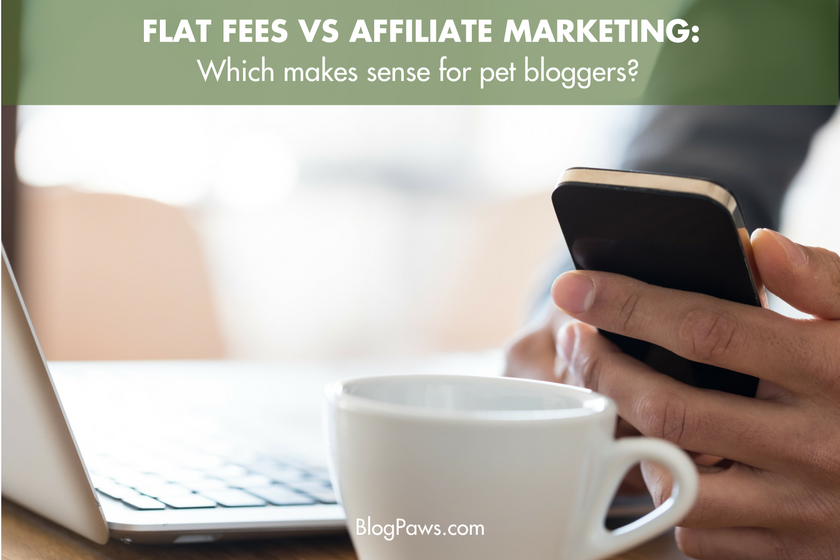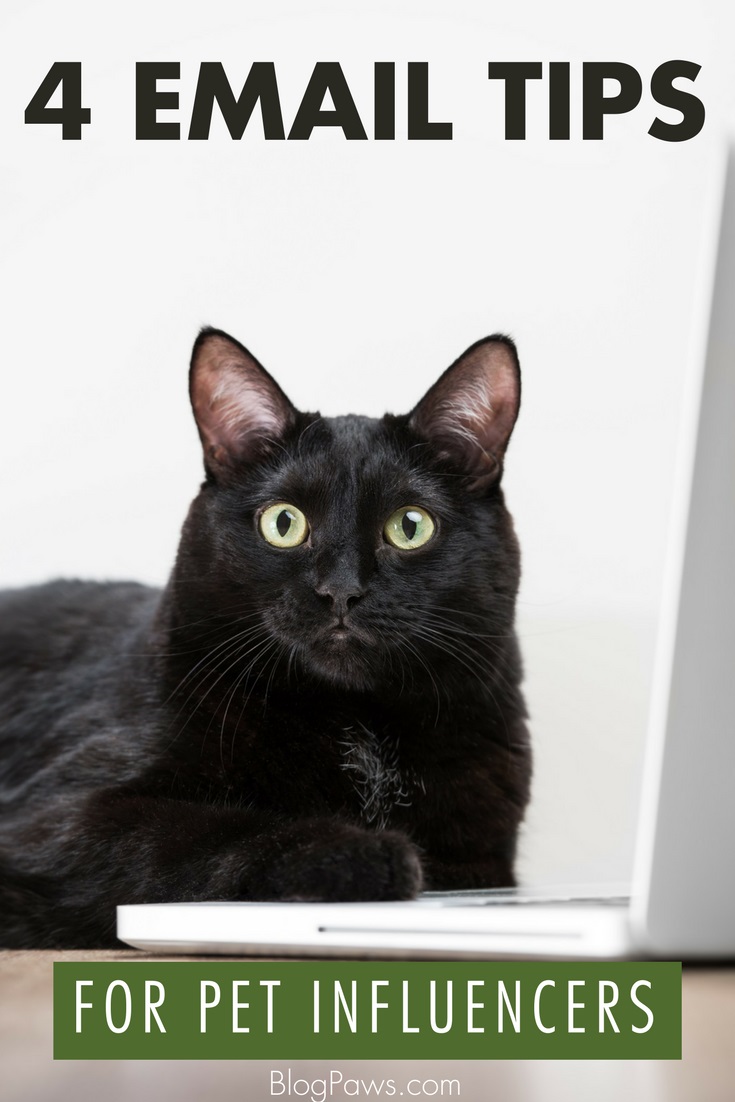Are You Losing Money Charging Flat Fees for Inclusion in Your Blog?
When a company pays you an upfront fee to talk about their product in your blog, it’s like winning the lottery. But is that flat fee you’re charging advertisers actually costing you money?
Flat Fees Aren’t All They’re Cracked Up to Be
When you charge a flat fee of $100 or $250 or $500+ to write about a product or place a banner ad in your website’s sidebar, you get a guaranteed payment that’s an important part of your income. But consider what your advertiser is making off a well-matched placement in your blog: $1,000? $5,000? $10,000 or more in sales?
Compare your flat fee to a commission of 10-40% of those sales. You don’t have to be a math wiz to see that the flat fee you charged might have made a lot more if you’d had an affiliate marketing arrangement instead.
How Does This Work?
Before you roll your eyes and quit reading, I want to make sure you fully understand what affiliate marketing is and how it can add to your income as a pet blogger.
Affiliate marketing by definition is when you promote products to your audience and gain a commission if a purchase takes place.
Just Give Me The Pros & Cons
Affiliate marketing, like anything else in life, has its pros and cons.
Pros:
- Potential to earn more in commissions than with a flat advertising or placement fee
- A way to monetize products you’re already using
- Recommending quality products enhances the trust your audience has in you
- Advertisers may be willing to provide you with exclusive deals or coupons
Cons:
- You take the risk in writing a post without monetary compensation upfront
- Need an already-established audience that trusts you
- Need quality traffic to your blog
- Recommending poor-quality products can damage your reputation
What’s The Small Print?
You’ll want to consider these five main points in any affiliate marketing program:
- Number of return days: The number of days past the original click-through day that you’re still eligible for commission.
- Commission rate: What percentage of the sale you earn.
- Commissionable sales: Most companies don’t pay commission on shipping, handling, and sales tax. Are some items exempt?
- Special offers and coupons: Is the advertiser willing to provide your audience with a unique offer or coupon?
- Payout terms: When and how will you be paid? Many programs only pay out when commissions reach a certain amount, say $50.
The Relationship with Your Audience is Key
The key to affiliate marketing is knowing your audience. What problems are they trying to solve or challenges do they face? Recommend the answers in a blog post, email, or social media post that uses affiliate marketing links.
Promote quality products that you believe in and be transparent about affiliate marketing relationships by using disclaimers. Remember your audience trusts you.
Affiliate marketing used as a tool to promote and recommend answers to your audience’s problems can help build your authority with visitors and your income.
Have you found affiliate marketing success? Or what questions can we answer for you to incorporate these strategies into your blog?
Kim Merritt-Butler helps small businesses become more successful online as The URL Dr. and is cofounder of Good Dog in a Box, where she manages the Partner Program for Bloggers.
Images: Giulio_Fornasar/Shutterstock.com





